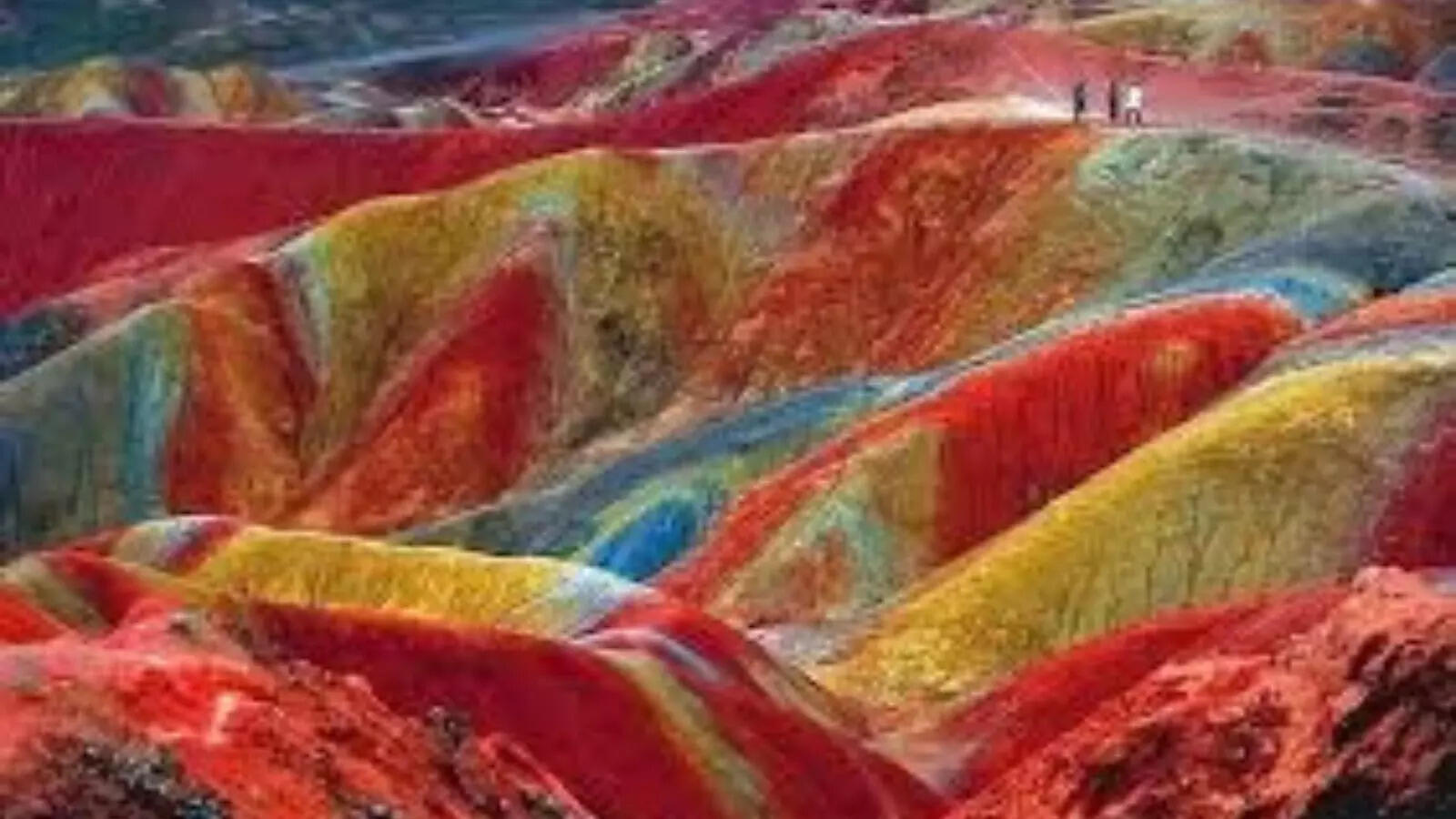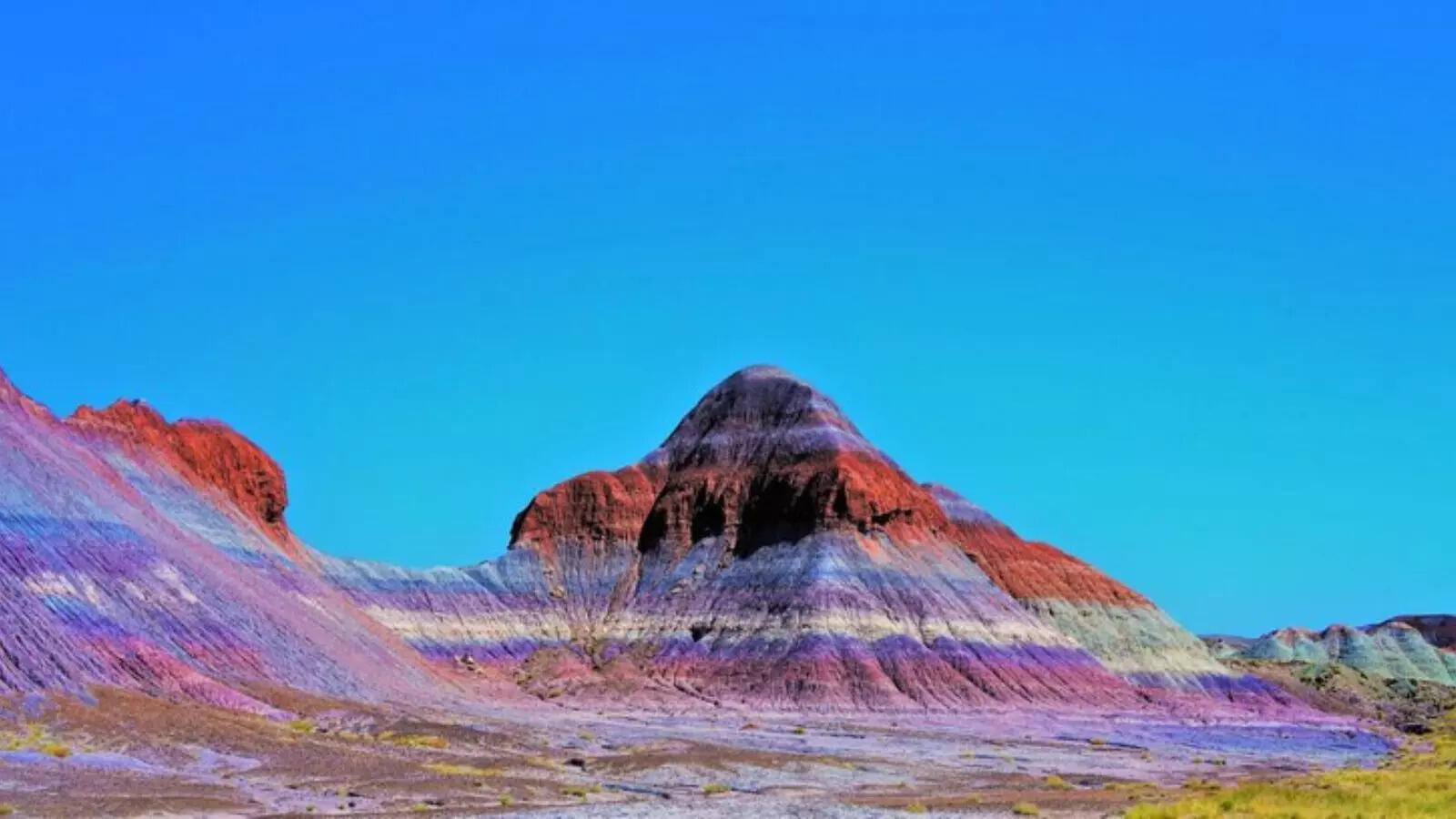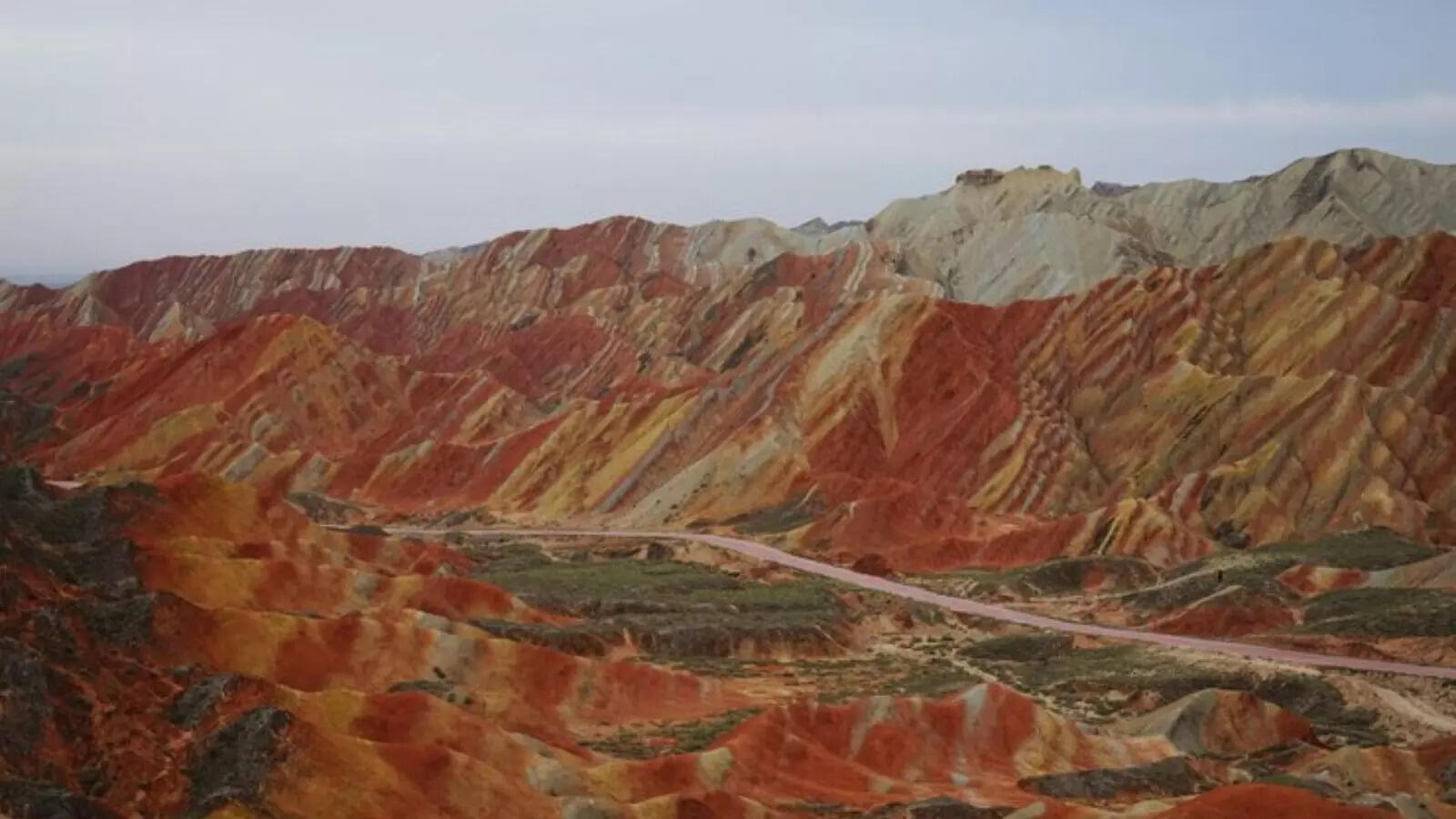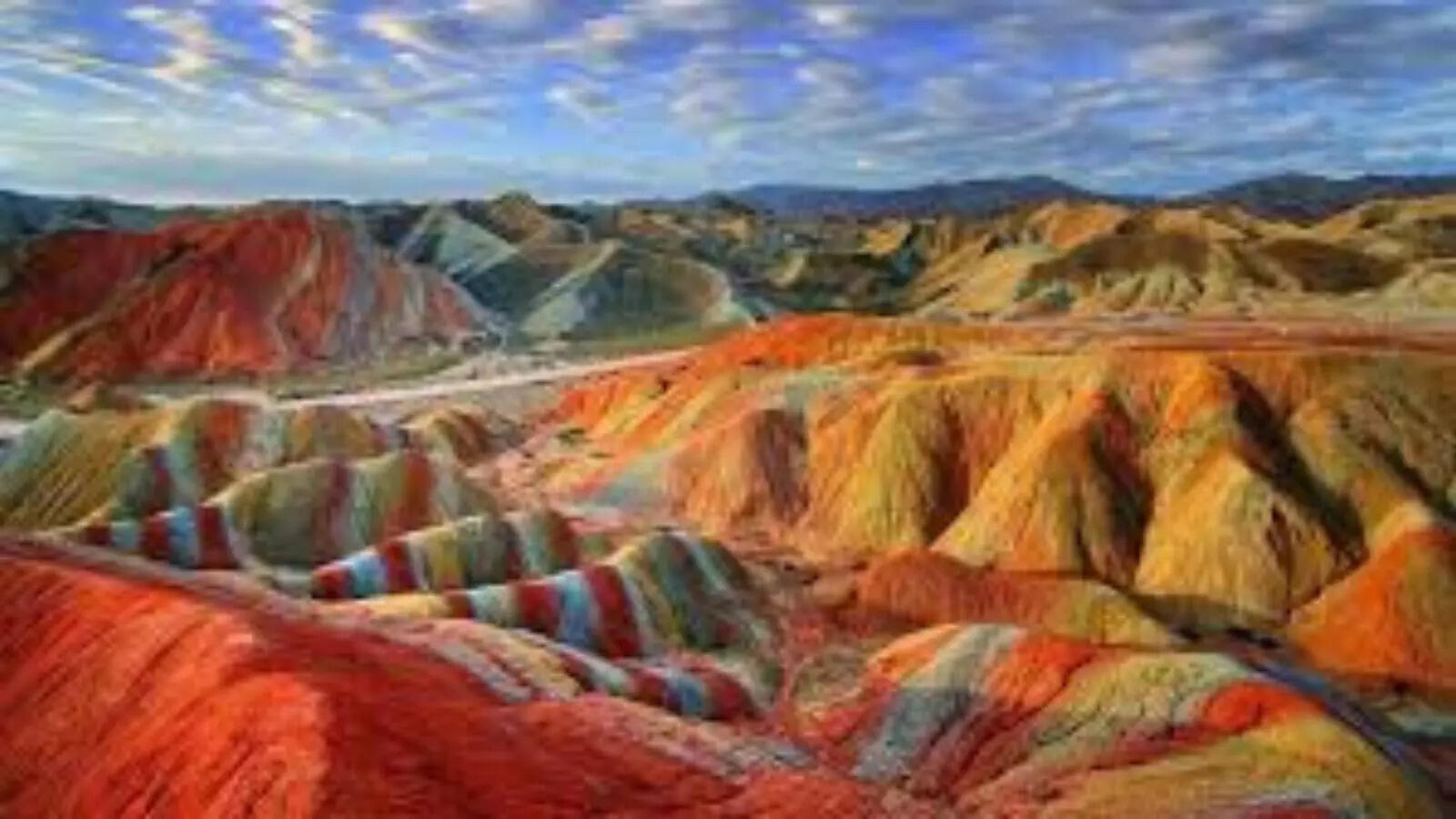Hormuz: Iran’s Rainbow Island Where Earth Wears Art

Imagine walking on a beach where the sand glows red under your feet, hiking through hills striped in orange, yellow, and violet, or standing in salt caves that glisten like crystal palaces. Welcome to Hormuz Island , Iran’s mesmerizing “Rainbow Island.” This tiny island in the Persian Gulf is a hidden gem packed with jaw-dropping natural wonders, geological phenomena, and rich history. Whether you're a nature lover, history buff, or just someone with a curious soul, Hormuz is bound to steal your heart. Let's dive into the most fascinating facts about this colorful island paradise.
A Geologist’s Dream: Over 70 Colored Earths
Hormuz Island is famous for its stunningly colorful terrain. The island’s soil and mountains come in a breathtaking palette of reds, yellows, oranges, whites, and even purples. These colors are due to the high concentration of minerals and iron oxides in the soil. In fact, geologists have identified over 70 different types of colored earth on the island, making it one of the most geologically diverse places in the world.

The Red Beach of Hormuz
One of the most iconic sights on the island is its red beach, where iron-rich soil gives the sand a striking crimson hue. When the waves crash against the shore, they turn a deep rust-red, creating a surreal visual experience. The red soil, called Gelack by locals, is not only visually unique but is also used in local art and even as a natural spice in traditional dishes.
Salt Cave Wonders
Hormuz is home to some of the most beautiful salt caves in Iran, formed by the gradual crystallization of salt over thousands of years. These caves sparkle with naturally occurring salt crystals and are believed to have therapeutic benefits for respiratory ailments. The salty atmosphere and serene ambiance offer a peaceful retreat for visitors.

A Legacy of Trade and History
Hormuz Island has a rich historical background. In ancient times, it was a critical hub on the Silk Road maritime trade routes. The Portuguese Fort, a relic from the 16th century, stands as a testament to the island’s strategic importance. Today, its ruins overlook the Persian Gulf and provide a dramatic backdrop to the colorful landscape.
Local Art and Earth Paintings
Hormuz has inspired generations of local artists, particularly in the realm of earth art. One of the most famous modern installations was created by the late Iranian environmental artist Ahmad Nadalian, who used the island's colorful soil to craft murals and sculptures that highlight ecological themes and local heritage.

No Cars, Just Tranquility
Unlike many other tourist destinations, Hormuz has embraced a low-impact, eco-conscious approach. Cars are banned on the island, which preserves the serenity and ensures that pollution doesn't damage the fragile ecosystem. Visitors often explore the island by foot, bicycle, or tuk-tuk, allowing for a more immersive and peaceful experience.
The Valley of Statues
A unique natural attraction on the island is the Valley of Statues, where wind and rain have eroded the rocky cliffs into sculpture-like formations. Some rocks resemble animals or mythical creatures, sparking visitors' imaginations. It’s a popular spot for hiking and sunset photography.

A Haven for Eco-Tourism
In recent years, Hormuz has become a hub for eco-tourism in Iran. Community-run guesthouses and eco-lodges offer visitors an authentic cultural experience, complete with local food, music, and storytelling. Sustainable tourism initiatives also support the preservation of Hormuz’s unique environment and benefit the local economy.
Hormuz is more than a travel destination—it’s an experience, a feeling, and a reminder that nature can still astonish us in the most unexpected ways. In a world racing forward, Hormuz invites you to slow down, breathe in color, and listen to the quiet poetry of the Earth.
Whether you come for the art, the geology, the solitude, or the stories etched into the red soil, one thing is certain: Hormuz will color your soul—long after you’ve left its shores.